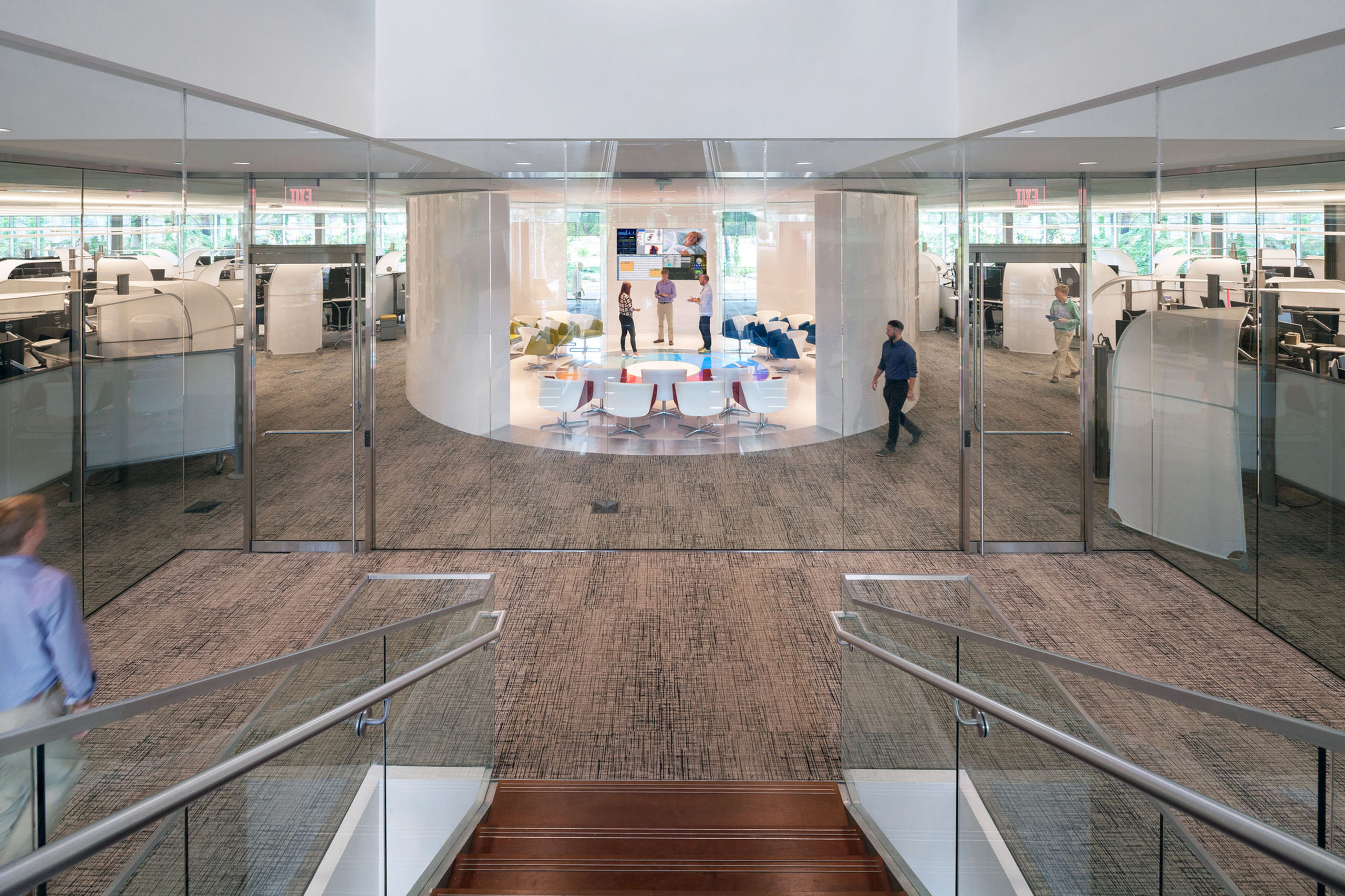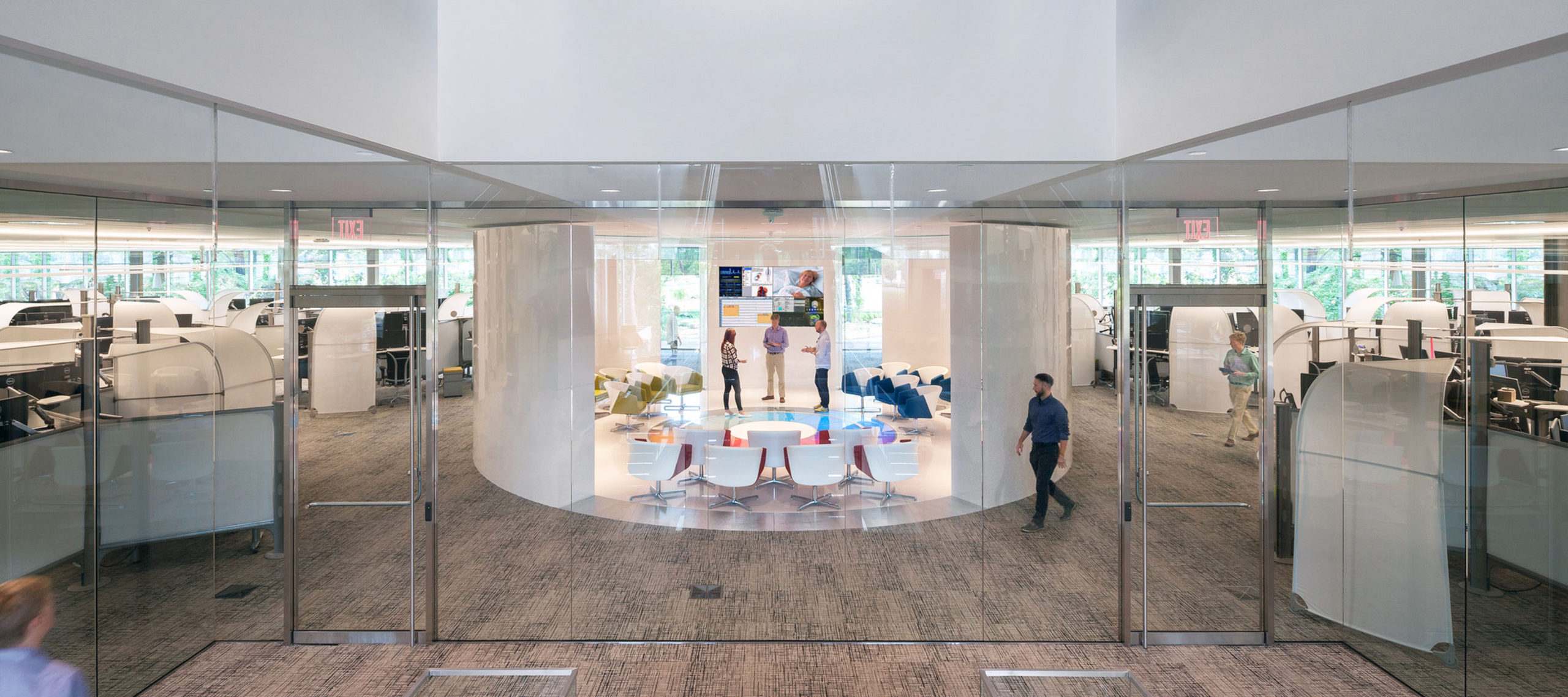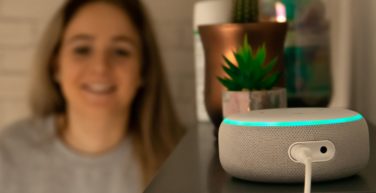TeleMed Texts: NIH Diagnostic App for Autism
 A National Institutes of Health funded app is able to accurately distinguish toddlers with and without autism by scanning the way their eyes move as they look at a screen. Visual eye tracking is a known way to monitor autistic individuals’ responsiveness to social signals, but the equipment to do so is expensive and must be operated by lab personnel. This prototype-phase app uses a smartphone or tablet’s front-facing camera to record children’s eye movements as they watch videos of people smiling, making eye contact, and conversing. Videos of toys are also thrown in to determine if the children focus more on objects than social stimuli.
A National Institutes of Health funded app is able to accurately distinguish toddlers with and without autism by scanning the way their eyes move as they look at a screen. Visual eye tracking is a known way to monitor autistic individuals’ responsiveness to social signals, but the equipment to do so is expensive and must be operated by lab personnel. This prototype-phase app uses a smartphone or tablet’s front-facing camera to record children’s eye movements as they watch videos of people smiling, making eye contact, and conversing. Videos of toys are also thrown in to determine if the children focus more on objects than social stimuli.
Machine learning algorithms analyze the eye movement patterns and, in a small study, correctly diagnosed 40 toddlers out of 993 with autism. The developers are now pursuing larger studies in hopes they will eventually be able to offer an inexpensive way to screen for autism in its early stages, when treatment is typically most effective.
Therapeutic Talk: Can Real-Time Data Help Heart Care?
Amgen and the leading automated, remote, patient-monitoring platform, Datos Health, are partnering to find out if real-world data can help improve heart therapy management. Expanding beyond adherence, the companies are collecting continuous data on patient vitals, blood pressure, heart rate, and daily activity and sending them to physicians. In order to target recent heart attack sufferers, Amgen partnered with seven U.S. hospitals to send patients home with a continuous blood pressure monitor and connected smart scale. The goal is to figure out if this information can help doctors alter drugs and dosages to meet an individual patient’s needs.
The study’s co-chair, Akshay Desai, MD, Associate Professor, Harvard Medical School, states in a press release that this information “can lead to earlier initiation, up-titration, or determination of end-of-dose adjustments for guideline-based heart failure therapies and achieve optimal tolerated doses for individual therapies.” The study is the latest in a move toward patients being active participants in their healthcare as well as using real-time data from convenient medical devices to improve patient outcomes.
Trend Setting: The “Hospital Without Beds” Mastered Telehealth Before COVID

Mercy Hospital South of St. Louis established the Mercy Virtual Care Center back in 2015, before telehealth became the norm. Known as the first “hospital without beds,” the $54 million stand-alone facility has become the model for virtual healthcare since organizations around the world have had to shift to digital solutions to keep serving patients through the pandemic.
When it came to COVID-19, Mercy and its providers were ready to serve the most patients possible with the least risk. The hospital sent daily text messages to their presumed COVID-19 patients. If they responded they were worried or had worsening symptoms, the system alerted providers at Mercy Virtual, who then did video visits, preventing possible exposure to COVID-19 in the emergency department. They applied the same approach to patients with chronic conditions that put them at high risk.
Dr. Christopher Allen, a cardiologist at the hospital, told Kaiser Health News that once the pandemic hit and almost all his patients had to adapt to digital, he found himself able to see 30 rather than 20 patients daily and “could monitor patients’ chronic diseases more closely, preventing hospitalizations.” Because of the pandemic, regulations have allowed for telehealth in almost all instances and lawmakers want these allowances to stay. Some however, are concerned that clinicians will bill more visits via virtual without any evidence of improved patient outcomes. But providers like Dr. Allen at Mercy Virtual are paid a fixed salary, so they have no financial incentive to increase patient visits. Dr. Allen reports, “There is so much value in offering the telehealth option that I think patients are going to demand it. If they can duck into a break room for 15 minutes or go out to their car and see us, it’s … a very effective option.”






